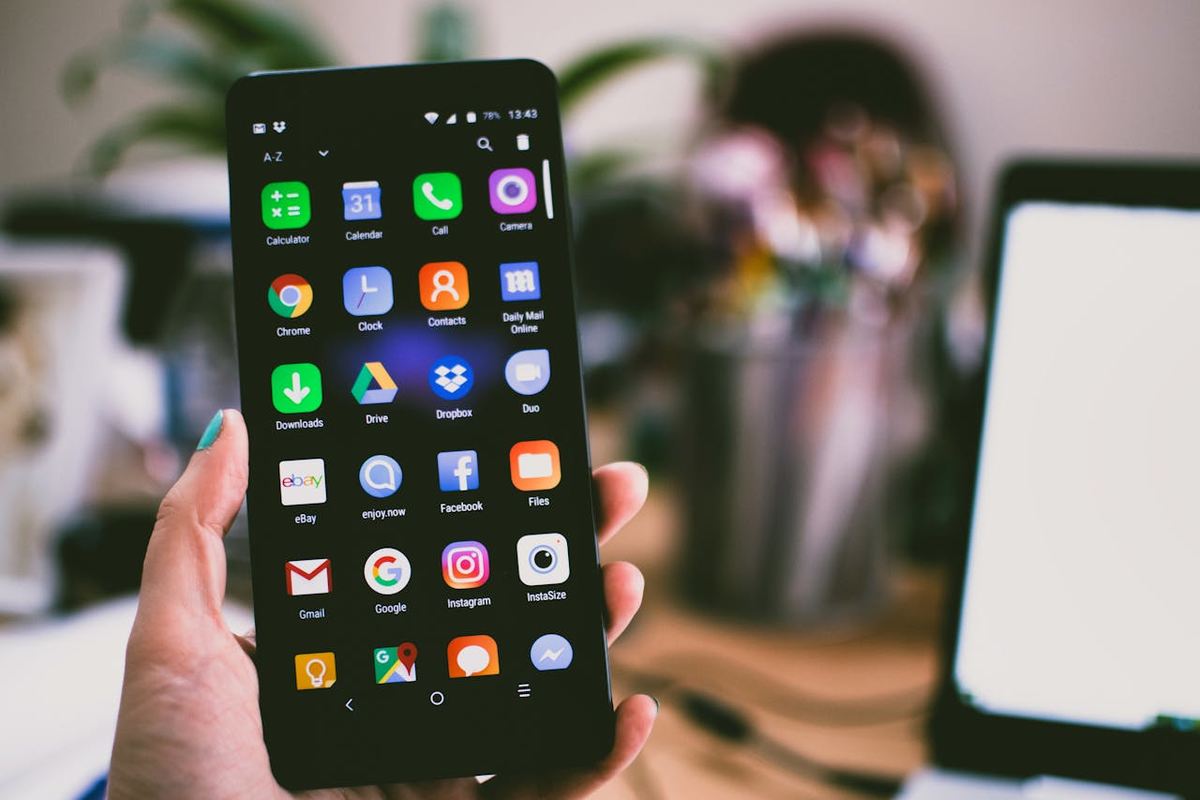Startups can struggle with pricing. But, Matt Sullivan’s experience in monetizing LocateMyDroid, explores how pricing of an app or product can be approached, to set a price that will attract the target audience.
In this Startup Lessons post, I talked with Matt Sullivan, a lead engineer at Boston-area SaaS startup VisibleGains and part-time entrepreneur. We discussed developing a pricing strategy for his fledgling Android App, LocateMyDroid. Previous posts in this series have discussed how to be a part-time entrepreneur, tracking startup marketing efforts, and user acquisition strategies for startups.
He shares some of the insights which helped him create a successful plan for pricing his app fairly. This approach focused on understanding the perceived value of the app in the market, testing varied pricing models in the market, examining which works best, and adjusting strategies with the findings.
Journey To Creating LocateMyDroid
In 2009, Sullivan’s iPhone died and he decided to replace it with an Android phone, unlocking a desire to use his "spare time" to learn everything there was about developing applications for the Mobile Android OS. In a week, his roommate built an application to find lost Android phones and he designed and built the accompanying web application. An unintended consequence occurred - the app actually got downloaded and used by strangers who loved it, gaining thousands of users in a very short span of time, an unexpected feat indeed.
How a side project got covered in ReadWriteWeb.
LMD has backed into a seemingly ideal situation for a Lean Startup. The Version 1 / MVP was built quickly, with little risk, launched into a market, and proven that people actually want it. LocateMyDroid now has over 27,000 installations, with about half of those installations still active today. Feb 1st marked the launch of Version 2, which contains an improved method of tracking accounts. In early March, LocateMyDroid was included in an App roundup post on ReadWriteWeb.
New users are coming on at a rate of about 40 new installations a day with little effort being spent on customer acquisition. Sullivan has assumed full control of the product (IP and roadmap), and feels like it’s time to monetize his efforts.
How should I price my Android App? per download, per feature, per year, or what?
Matt jumped right in with the big question. Unfortunately, pricing decisions don’t come as easily as that. We had to back up a bit to understand what problem this product solves for users. As with many hacker founders, He focused his messaging all on the features and technical advantages of the product he built. First, I advised him to understand as much about the perceived value (not tech features) of the solution to the customer and change messaging accordingly.
The first place I go to understand perceived value is the existing user data. With over 13k active installs of the product, LMD should be able to develop a picture of the most common, happiest user. Businesses might be using LMD to track their fleet of company-issued phones. Parents might be using LMD to ensure the whereabouts of their teens. Twenty-somethings might be using LMD to help reclaim a lost phone at the bar where they left it last night. I recommended him spend more time understanding his users by quick phone calls, online surveys, and to integrate a free tool like KissInsights, GetSatisfaction, or UserVoice on the web site to solicit more detailed feedback.
How do I test my pricing hypotheses?
LMD doesn't ask much information during registration for fears of decreased conversion rates. I reminded of the advice from Eric Ries regarding MVP construction - “When building the MVP, build in the tools and tracking to create your next product version.” Use A/B testing tools like Google Website Optimizer, Unbounce, or Performable to understand the actual trade-off in conversion rate when additional fields are added to the registration form. Use A/B test tools to present different pricing page options and test which ones convert new website visitors to new app registrations the most.
At first, these price tests might not even hook into an active eCommerce system. Simply test the customer’s willingness to click on a “Buy Now” button at the advertised price. After a few consecutive price tests, LMD should have an improved understanding of what customers are willing to pay.
After discovering the problem the customer is using your product to solve (Families managing their household’s average of 4 phones), and knowing the value your solution provides to the customer (replacing an average of 2 lost phones per year at an average cost of $200), it’s a lot easier to begin to position the product in the marketplace. The Price Testing should show some trends – e.g. people click on the buy-it now button more when it’s an annual up-front $9.99 as opposed to a monthly fee.
Now, the important question, can LMD build a profitable business around that market at that price point. Is the cost to acquire those customers less than the lifetime value received? For more (better) information on CAC and LTV see David Skok.
Build. Test. Iterate.
I left him with the mantra of The Lean Startup. Come up with your best guess hypothesis around pricing based on the data you have. Test it in a variety of channels to accumulate new data that helps prove or disprove your hypothesis. Rinse and Repeat.
In the modern world of rising startups, pricing is a strategic lever that can significantly impact the success of your business. Insights offered by LocateMyDroid serve as a valuable case study, highlighting the importance of a careful pricing strategy. By understanding your target market, competitors, and value proposition, you can set optimal prices that drive growth and customer satisfaction.
Ready to drive more growth & achieve bigger impact?
Leverage my 25+ years of successes and failures to unlock your growth and achieve results you never thought possible.
Get Started

